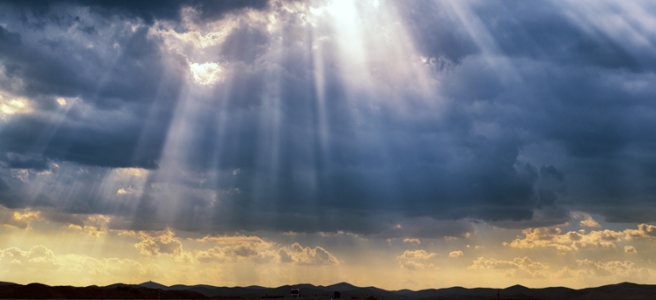
Photo from Gemma Correll
Andrea Hernandez
You might have heard on social media that wired bras and sleeping in bras can cause breast cancer. Negative ideas are more compelling to the human mind. Let’s think twice and look at the evidence.
The source of this idea came from the book, Dressed to Kill, and internet rumors. The authors of the book believed the confining nature of bras constrained lymphatic circulation and would result in fluid build up in breast tissue. Many medical organizations like the National Institutes of Health (NIH) and the American Cancer Society noted there is no evidence that wearing bras increases the risk of breast cancer.
One study countered the book and Internet claims by inspecting over 1,500 postmenopausal women first diagnosed with invasive breast cancer. These women were asked a series of structured questions to find lifetime patterns of bra wearing before their breast cancer diagnosis. The researchers found no connection of invasive ductal carcinoma (IDC) or invasive lobular carcinoma (ILC) breast cancer with bra wearing such as bra cup size, recency, average number of hours in a day worn, underwire bras, and age at which bras were worn regularly.
Worrying is no fun. The next time you are taking a nap with your bra on, don’t stress about the risk of breast cancer!
Sources
http://cebp.aacrjournals.org/content/23/10/2181.short
https://www.breastcancer.org/risk/factors/no_evidence
https://www.nytimes.com/2010/02/16/science/16qna.html?ref=science

